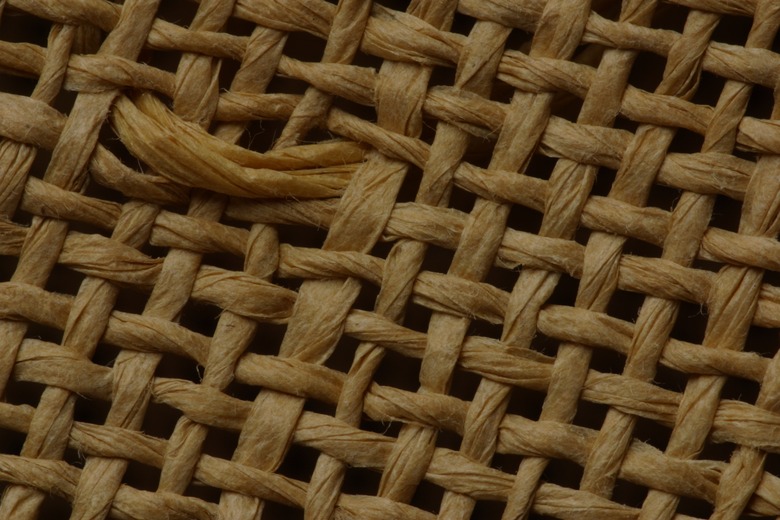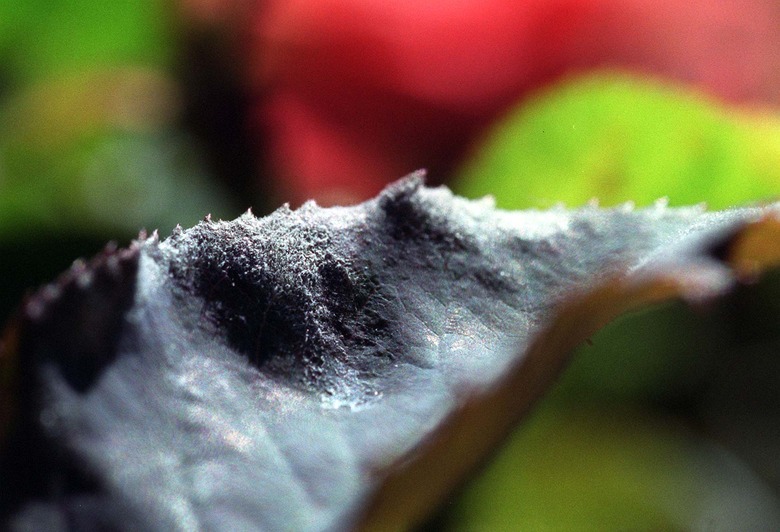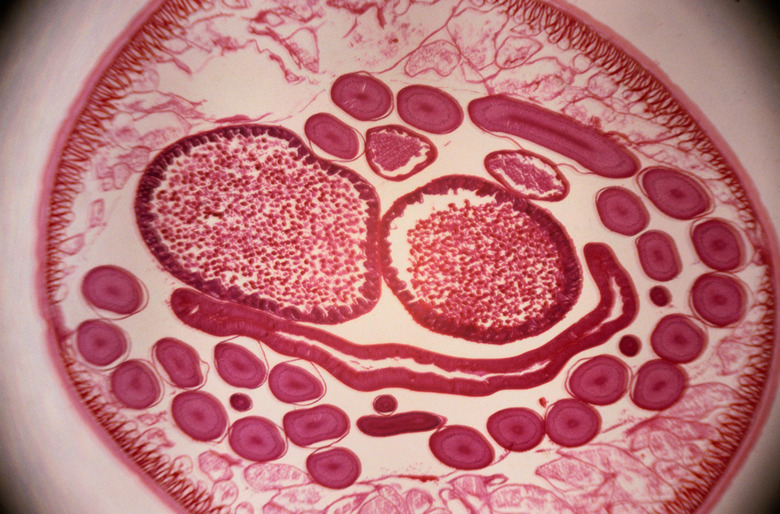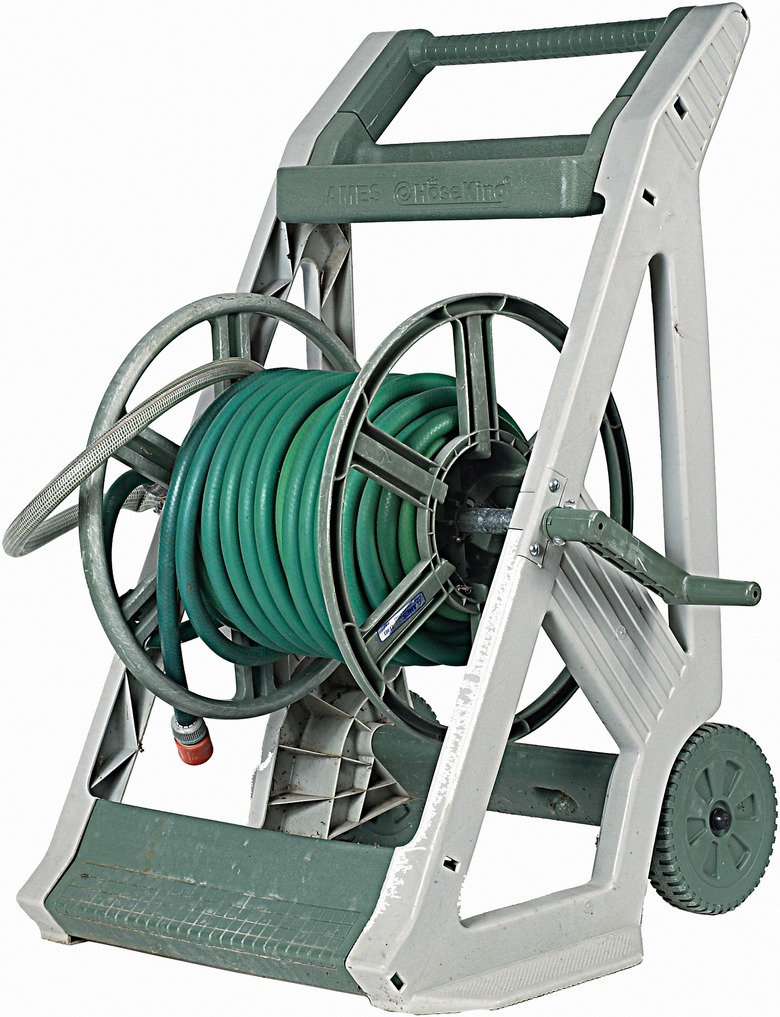Problems With Dying Branches On A Holly Tree
Hollies are a tough evergreen that can withstand a variety of conditions. There are however a range of climatic, insect, disease and root problems that can cause leaves, branches and even entire trees to collapse and die. Prevention of many of these problems can be obtained by making sure that your holly is in a well-drained soil and sited in a slightly protected area.
Step 1
Leaves and branches of holly can be affected by extremes in cold, heat and wind. Periods of deep freeze in the winter time can damage leaf tissue. Damage is not always evident until spring when the holly breaks dormancy and starts to grow in the spring. Winter winds can draw moisture form the foliage leaving burn spots on the leaves in its wake. Dormant roots in frozen soil are unable to replace the lost moisture. Affected leaves and branches may die, but damage is usually isolated and does not affect the whole tree. Holly that are in the full sun can succumb to summer leaf scorch in periods of extreme heat. As with cold damage, the plant should recover.
Step 2
- Leaves and branches of holly can be affected by extremes in cold, heat and wind.
- Periods of deep freeze in the winter time can damage leaf tissue.
Diseases
Step 1
Holly can get isolated outbreaks of many fungal, mildew and rust diseases. If untreated, these diseases can kill branches and entire trees. Mildews present as a white to gray coating on the underside and tops of leaves. Rusts and fungal diseases can present as black spots, brown spots or discoloration of leaves. Fungicides can be sprayed as a preventative method throughout the season on 10- to 14-day intervals during the growing season beginning in the spring when the holly breaks dormancy.
Insect Pests
Step 1
Branches on holly may be affected by insects that are both seen and unseen. Scale insects and mites can suck out nutrients from the leaves and stems of holly. If untreated, branches will die. A combination of dormant season oil, and systemic insecticides should be used if these insects are seen. Nematodes are microscopic worms that can feed on the roots of holly. Symptoms will be seen above ground as a decline in the branches. Hollies with nematode damage should be removed and the soil treated by a professional.
Step 2
- Holly can get isolated outbreaks of many fungal, mildew and rust diseases.
- Rusts and fungal diseases can present as black spots, brown spots or discoloration of leaves.
Root Diseases
Step 1
Black root rot, and to a lesser degree, phytopthera root rot can affect holly. Symptoms will appear initially as stunted growth and poor performance of the leaves and branches. Eventually it will cause wilting ,dying and leaf drop. There are no controls once these afflictions have set in. Prevention can be obtained by planting in a site that drains well, or by preparing a raised bed to achieve good drainage. Proper allocation of irrigation will help to prevent these diseases as well. Water when dry, but do not over-water.
Step 2
- Black root rot, and to a lesser degree, phytopthera root rot can affect holly.
- Symptoms will appear initially as stunted growth and poor performance of the leaves and branches.
References
- North Carolina State University; Holly Diseases and Their Control in the Landscape; D.M. Benson, et al.; December 2000
- Michigan State University Extension; Ilex Disease Problems; November 1999
- University of California UC IPM Online; Holly—Ilex spp.*; 2009
- USDA Forest Service; American Holly; H. E. Grelen



